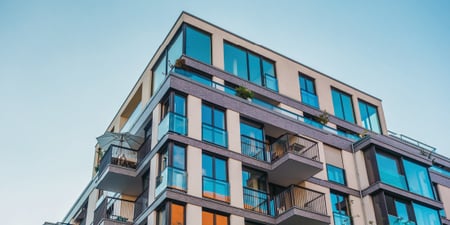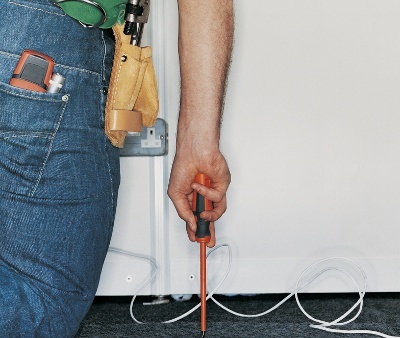 Across the world, people are increasingly demanding faster broadband - and it is often one of the factors they take into account when choosing where to live. As well as attracting tenants, being able to offer fiber broadband has other benefits for building owners and operators.
Across the world, people are increasingly demanding faster broadband - and it is often one of the factors they take into account when choosing where to live. As well as attracting tenants, being able to offer fiber broadband has other benefits for building owners and operators.
A 2015 study by the FTTH Council Americas found that access to fiber boosted real estate prices by an average of 3.1 per cent across the United States. These findings build on research that communities with gigabit broadband have a higher per capita GDP.
Consequently, landlords are looking at how they can fiber up their buildings, to attract and retain tenants. But for many this is a new area, so what are the pitfalls they need to avoid and the questions they should ask of any contractor? Here are the eight areas to focus on if you want your project to be successful:
1. Can You Maintain Service?
Tenants may want the benefits of fiber to their apartments, but not at any price. They want their existing communications to keep working up until the point of the switchover. Therefore, check with the contractor that this is going to be possible and work out a plan that reduces any downtime of phone, TV or other communications to a minimum.
2. Will Disruption be Minimized?
Again, bear in mind that you are taking cables into people’s homes, and they don’t want the fabric of their apartments damaged. Nor do they want large, ugly cables in their living room. Make sure that contractors use the least intrusive possible methods of deploying cables (such as pushing or pulling), which doesn’t create too much noise or dust pollution. Use the smallest possible cables and ducts in neutral colors, such as white, so they’ll match the décor. And, above all, ensure that crews wipe their feet or take their work boots off before stepping on a tenant’s white carpets!
3. Will Your Tenants be Happy?
The smallest things can potentially upset tenants, so plan methodically and work with the contractor to ensure that tenants are happy all the way through the process. Crews need to be polite, able to explain what they are doing and not shout or swear in front of tenants. Use technology that is quick to install (such as pre-connectorised cables) to minimize the time you spend in their apartments and always check that they are happy for you to switch over to the new fiber network. There have been cases where residents have caused a real fuss as their cable when switched off in the middle of their favorite soap opera! The lasting impression that tenants receive relies on them being happy throughout the process.
4. Is It Well Planned?
The adage "plan for the worst, hope for the best" is particularly true when installing fiber in your building, especially if it is an old one. Ducts may be congested or blocked, or walls thicker than on the building plans, for example. Make sure that you have a full map of where fiber cables are going to go and have walked the route before you start the installation. That way you can identify any obstacles, and work out how to overcome them before you begin work in earnest.
 5. Will You Need to Rip It Out in Five Years?
5. Will You Need to Rip It Out in Five Years?
Depending on the size of the building, adding fiber can be a major project. And not one that you’ll want to repeat too quickly. So make sure you plan in plenty of spare capacity so that you can cope with future demands, and use the latest, but proven, technologies that will give you long-lasting performance.
6. Will It Be Reliable?
When it comes to picking equipment, you often get what you pay for. If they break and disrupt service, cheap cables can be a false economy, proving a lot more expensive in the long run - both in terms of cost and your reputation with tenants. So invest in reliable equipment that is tested in the field, meets industry standards and comes with a warranty. Check with other buildings on what they’ve used and ask for references or case studies from fiber cable suppliers before making your decision.
7. Does It Meet All Relevant Building Codes and Standards?
As the building owner or superintendent, you are responsible if things go wrong. So make sure that all the equipment being used is certified as meeting the National Electrical Code (in the US) and local fire regulations. Choosing quality materials not only gives peace of mind but should also help with reliability over the longer term.
8. Is It Flexible?
Not everyone will necessarily want to pay for full gigabit broadband straight away. So make sure your network is flexible and can offer different speeds to residents so that they can pick the best for their needs and budget. And upgrade later on as required, such as when they move to Ultra HD/4K TV.
Fibering up your building should deliver big benefits to both your tenants and the value of your asset - but make sure you ask the right questions if you want the project to be a lasting success.


